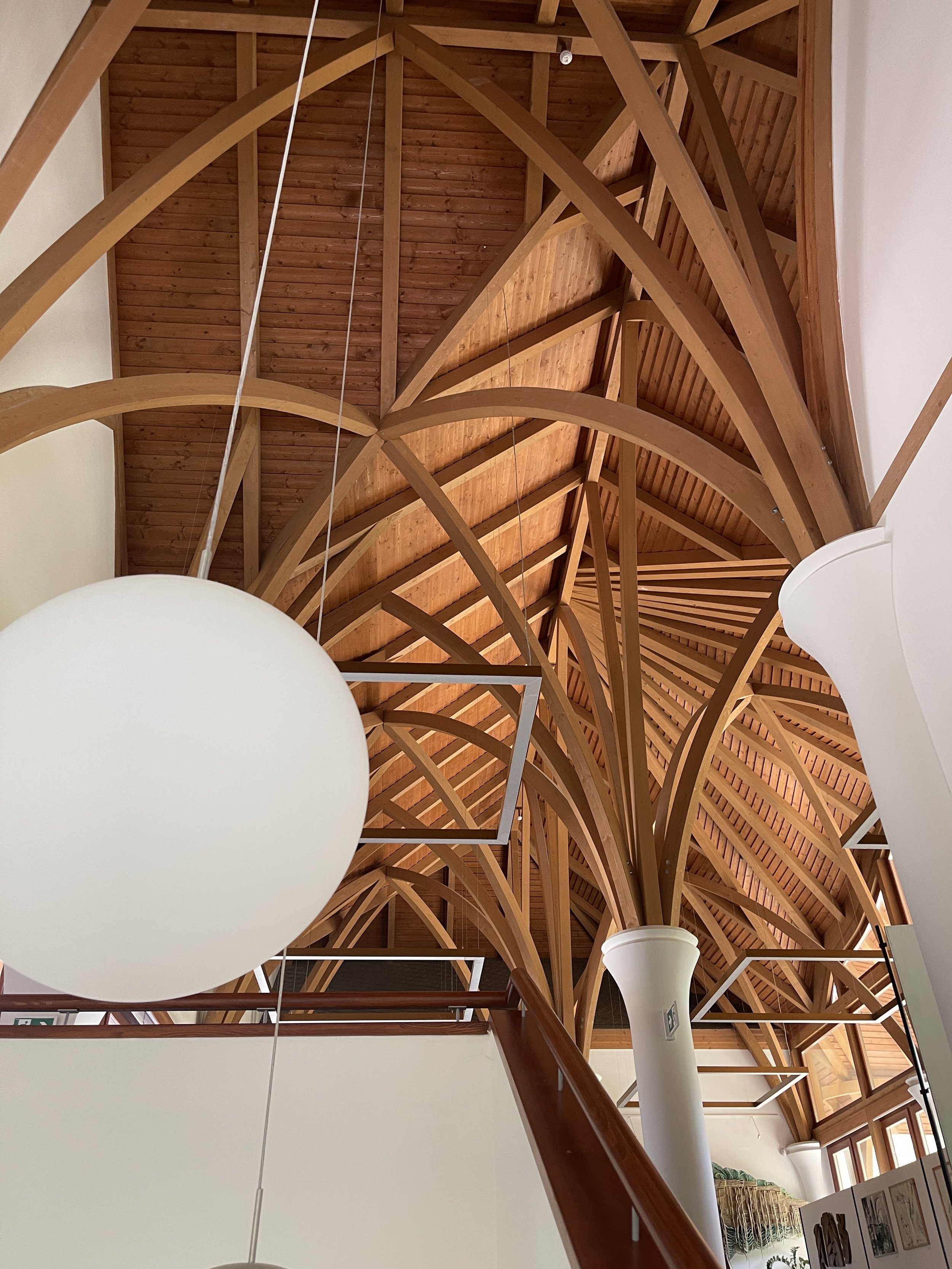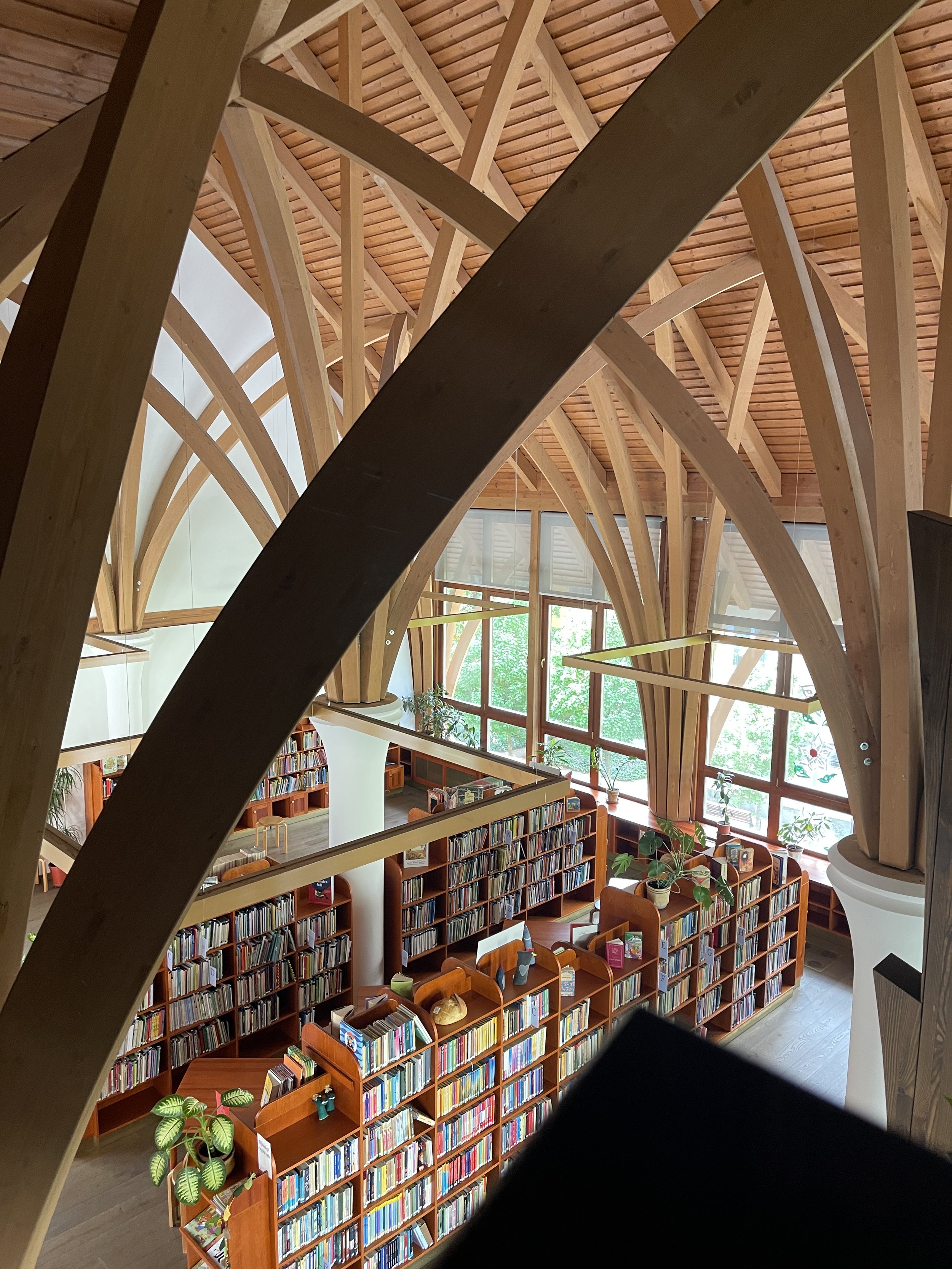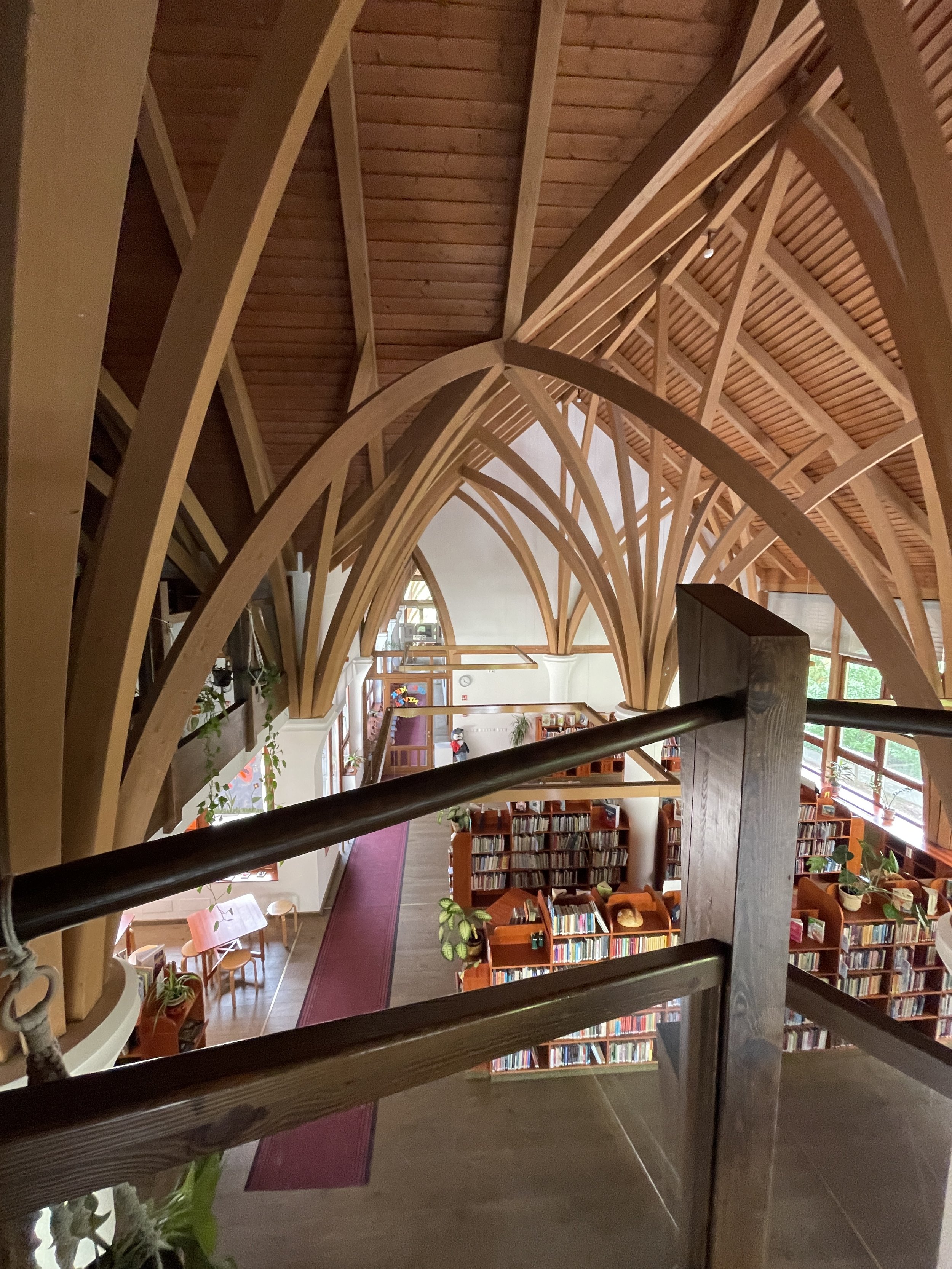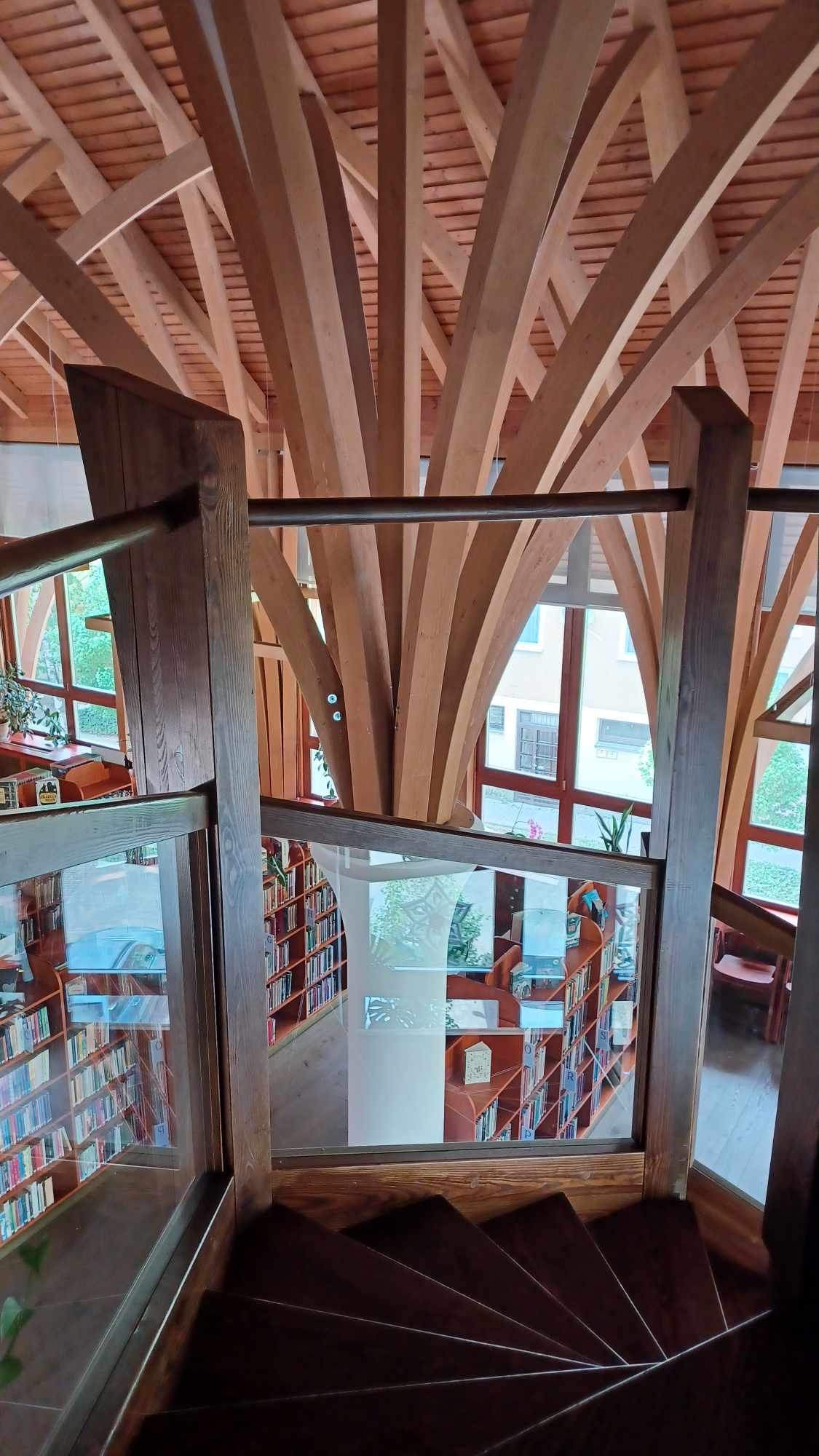Day Trip: Makó
Makó, a town of 22,000 in Hungary’s southeast, packs quite the cultural punch for a place its size. There are a number of sites that tourists will find interesting, from the Lombkorona sétány (treetop walkway) to the Adventure Bank and the Makó Museum.
But I am going to focus on two things, the real stars of Makó: Architect Makovesz Imre, and the almighty onion.
Makó is about 35 km from Szeged, and only 10 km from the Romanian border (Via: Google Maps)
Enter the hagyma
I love onions and buy them all the time. I cook with them, have them raw in salads and on burgers, occasionally even pickle them. But I can honestly say I’ve never spent a full day thinking about them until I came to Makó.
The onion-shaped dome of Makó’s Hagymatikum in the distance (Photo: Julie Strickland)
Makó’s onions are famous for their quality, made possible by the unique climate of the region. They have thrived in this warm, sunny area – the driest in Hungary – since the 16th century. The nutrient-rich soil along the Maros River also keeps the bulbs happy. This cocktail produces onions with layered, strong skins that close tightly at the top of the bulb – preserving their flavor. Makó onions are so revered that they are registered with the EU quality policy, which aims to protect specific products according to their unique characteristics, geographical origin, and traditional know-how.
The Hagymatikum
Given the centrality of the onion (hagyma, in Hungarian), it’s no surprise that Makó’s most popular destination is onion themed. But this place isn’t a culinary site at all – in fact, I’m sorry to say, the food on offer there isn’t much to celebrate. Rather, it is a spa.
The exterior onion domes of the Hagymatikum (Photo: Julie Strickland)
The Hagymatikum, an untranslatable word that means something like “onion center”, is a brilliant architectural work by the master planner Makovesz Imre – more on him in a moment – that celebrates the humble bulb throughout. Onion domes crown its 15 pools, wellness areas, medical care section, sauna world, children’s area, restaurant, beauty, and spa facilities. According to the spa’s own literature, it is reminiscent of a Catholic church from the outside. (I frankly think it evokes a far more Ottoman feel.) Another theme woven through the complex is the tree of life, which frequently makes an appearance in Hungarian folktales and pagan mythology.
The magnificent, light-filled center of the Hagymatikum (Video: Shiva Induri)
You can easily spend a full day at the Hagymatikum, especially during the summer when all the outdoor pools are open. I particularly enjoyed the sauna world, which is incredibly relaxing with low lights and quiet music throughout. The saunas include an authentic Finnish sweating station, which is outside, and several dry and steam variations indoors. Appropriately, there is one special “Makó” sauna, hagyma themed, which is slightly larger than its counterparts. Fortunately, the scent is nothing like an onion but rather very pleasant. It was my favorite spot of the whole facility. There is also a sensory walk over rocks in both hot and cold water, and a cold plunge pool.
Makovesz Imre: The Hungarian Gaudi
The most remarkable characteristic of the Hagymatikum is its sweeping design – endless curves and beautiful dark wood, open and airy inside its many domes. The imagination behind the structure is Makovesz Imre, a famous Hungarian architect who lived from 1935 to 2011. He was a proponent of organic architecture, which aims to work with natural surroundings rather than triumph over them. His work began as a critique of brutalist uniformity during the Communist period, and later became a commentary on globalization and Capitalism. Often dubbed the Hungarian Gaudi, he also sought to incorporate Hungarian Art Nouveau, National Romanticism, and traditional Hungarian folk art into his designs.
Makó is the perfect place to get to know Makovesz and his work, as the city boasts several buildings of his design. They include the Hagymaház (onion house), his first work in Makó; the central bus station; and the library, among several others in addition to the Hagymatikum. We explored the wonderful library, with curved dark wood beams and open, airy heights. It’s a magnificent space, complete with a spiral staircase into a children’s reading nook. It’s easy to imagine young imaginations being encouraged and heightened in this magical place.
A central tenant of Makovesz’s philosophy was that buildings should recall the atmosphere of sacred temples, whatever their function. The idea was to facilitate spiritual (and in the case of the Hagymatikum, also physical) cleansing.
I certainly walked away from our day in Makó inspired and invigorated, feeling I’d experienced a fresh new corner of Hungarian culture and history. I hope Makovesz would have been pleased.
Getting there
The bus station in Makó, designed by Makovesz Imre (Photo: Julie Strickland
Makó does not have a train station, so you’ll travel by bus (and arrive in the lovely Makovesz-designed station!). There is direct service from Budapest (via Nepliget) and Szeged; for all other points you’ll have to make a connection. Consult https://menetrendek.hu for details – including where to connect and the cost of tickets, which in most cases you will need to purchase from the bus driver.







